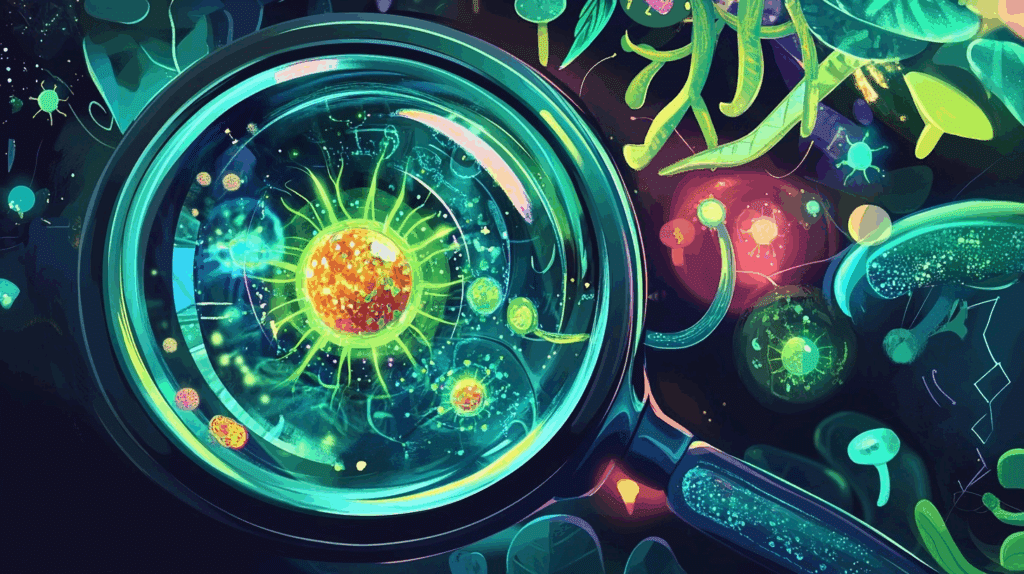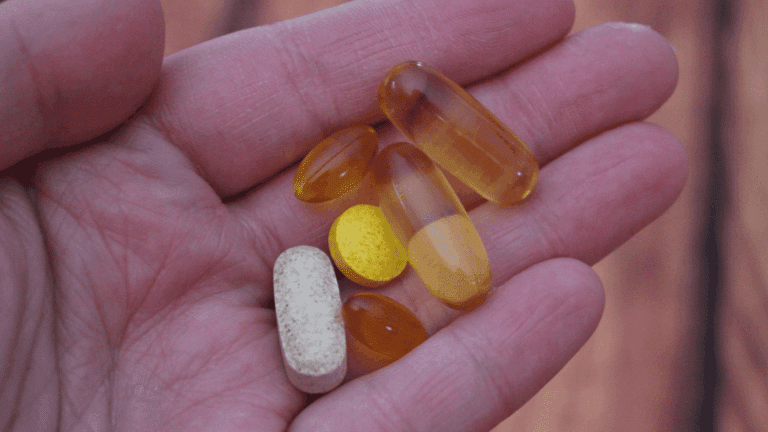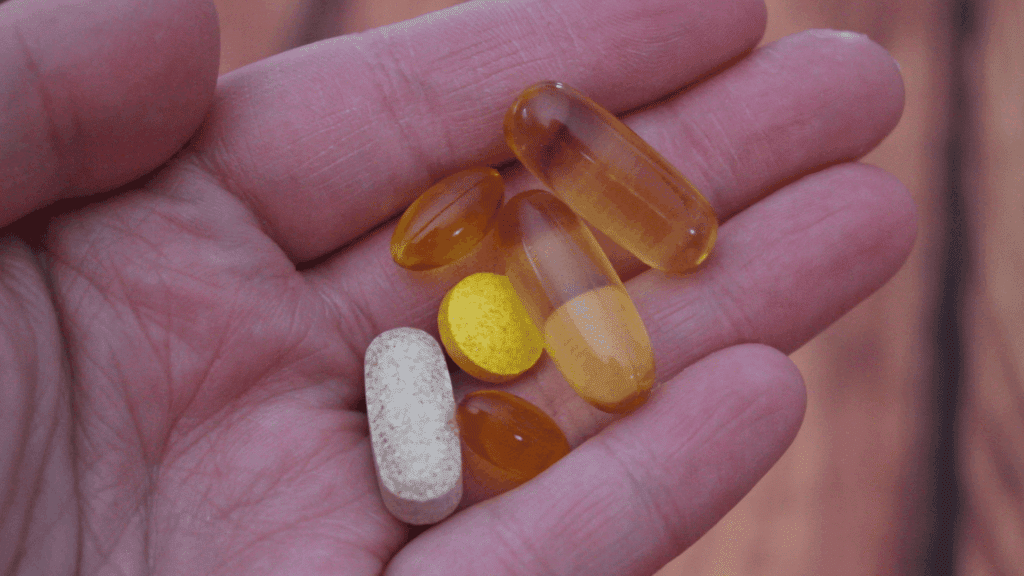Plants exist all around us, yet most people know very little about their cellular makeup. The tiny structures inside plant cells work together in interesting ways that make life on Earth possible.
But understanding these microscopic components can feel challenging without the right explanation.
Did you know plants have their own cellular superpowers? Fun facts about plant cells can turn anyone into a backyard biologist, requiring no fancy equipment or specialized training.
Let’s take a closer look at these hidden wonders of nature!
Plant Cells: The Building Blocks of Green Life
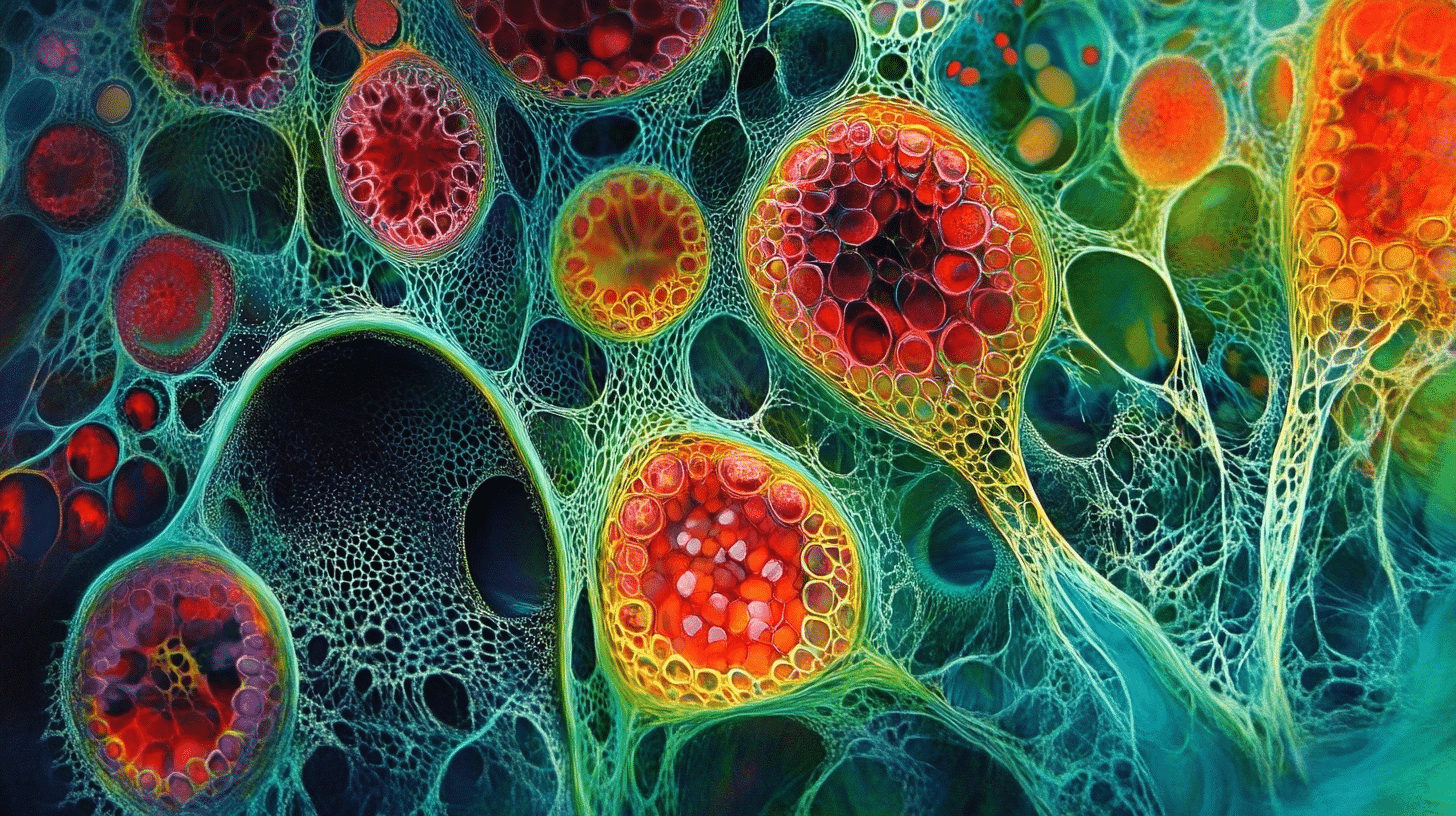
Plant cells serve as the basic units that form all plants on Earth. These cells contain special parts that animal cells don’t have.
Each plant cell has a rigid wall made of cellulose that gives plants their firm structure. Inside this wall is the cell membrane, which controls what enters and exits the cell.
The center of a plant cell houses the nucleus, which contains DNA and acts as the control center. Around the nucleus, you’ll find a jelly-like substance called cytoplasm where many cell activities happen.
What makes plant cells truly special are chloroplasts – the small green structures that capture sunlight and turn it into food through photosynthesis.
These tiny powerhouses work together to help plants grow, produce oxygen, and create the food that sustains our planet. Without these well-organized cells, life as we know it would not exist.
Fun Facts About Plant Cell Structure
Plant cells hide many surprises under the microscope. These tiny building blocks contain structures so small yet so important that they make all plant life possible.
Plant Cell Structure and Organelles

-
The cell wall provides structural support and protection, helping plants stand upright.
-
Cellulose, the main component of the plant cell wall, is also what makes up paper and cotton.
-
Plant cells are eukaryotic, meaning they have a nucleus and membrane-bound organelles.
-
The large central vacuole in plant cells can take up as much as 90% of the cell’s volume.
-
The central vacuole stores water, nutrients, and waste products.
-
Turgor pressure from the vacuole keeps plant cells firm and helps maintain the plant’s shape.
-
Chloroplasts are unique to plant cells and are the site of photosynthesis.
-
Chloroplasts contain the green pigment chlorophyll, which captures light energy.
-
Plant cells have mitochondria, which generate energy for the cell’s activities.
-
The cell membrane is a semi-permeable barrier just inside the cell wall, controlling what enters and exits the cell.
-
Plasmodesmata are tiny channels in the cell wall that allow plant cells to communicate and share materials.
-
Plant cells have a nucleus that stores the cell’s DNA and controls its activities.
-
The nucleolus, found inside the nucleus, is where ribosomes are made.
-
Ribosomes are responsible for protein synthesis in plant cells.
-
The endoplasmic reticulum (ER) comes in two forms: rough ER (with ribosomes) and smooth ER (without ribosomes).
-
Rough ER helps make proteins, while smooth ER makes lipids and detoxifies substances.
-
The Golgi apparatus packages and ships proteins and other materials throughout the cell.
-
Plant cells have specialized storage organelles called plastids, including chloroplasts, chromoplasts, and amyloplasts.
-
Chromoplasts store pigments that give fruits and flowers their vibrant colors.
-
Amyloplasts store starch, an important energy reserve for plants.
-
Plant cells can contain crystals of calcium oxalate, which help deter herbivores.
-
The cytoplasm is the jelly-like substance that fills the cell and holds organelles in place.
-
The cytoskeleton gives the plant cell its shape and helps move organelles within the cell.
-
Microtubules and microfilaments are key components of the plant cell cytoskeleton.
-
Peroxisomes are organelles that help break down fatty acids and detoxify harmful substances.
-
Plant cells can store pigments like anthocyanins, which give red, blue, and purple colors to flowers and fruits.
-
Cell walls contain pectin, which helps glue cells together and is used to make jams and jellies.
-
The cell wall also contains hemicellulose, another carbohydrate that adds strength.
-
Plant cells can store oils in organelles called oleosomes.
-
Some plant cells are adapted to store water, helping plants survive in dry environments.
-
Plant cells can have air spaces to aid in buoyancy and gas exchange, especially in aquatic plants.
-
Plant cells can contain raphides, needle-like crystals that discourage animals from eating them.
-
The vacuole can store pigments that give flowers and fruits their color.
-
Some plant cells can store latex, a milky fluid used for defense and found in plants like rubber trees.
-
Some plant cells have specialized structures called idioblasts that store substances like oils or crystals.
-
Plant cells can form lignin in their walls, making them woody and strong.
-
The genetic material in plant cells is stored in the nucleus as chromosomes.
-
Plant cells can form secondary walls after they stop growing, adding extra strength.
Plant Cell Functions and Processes
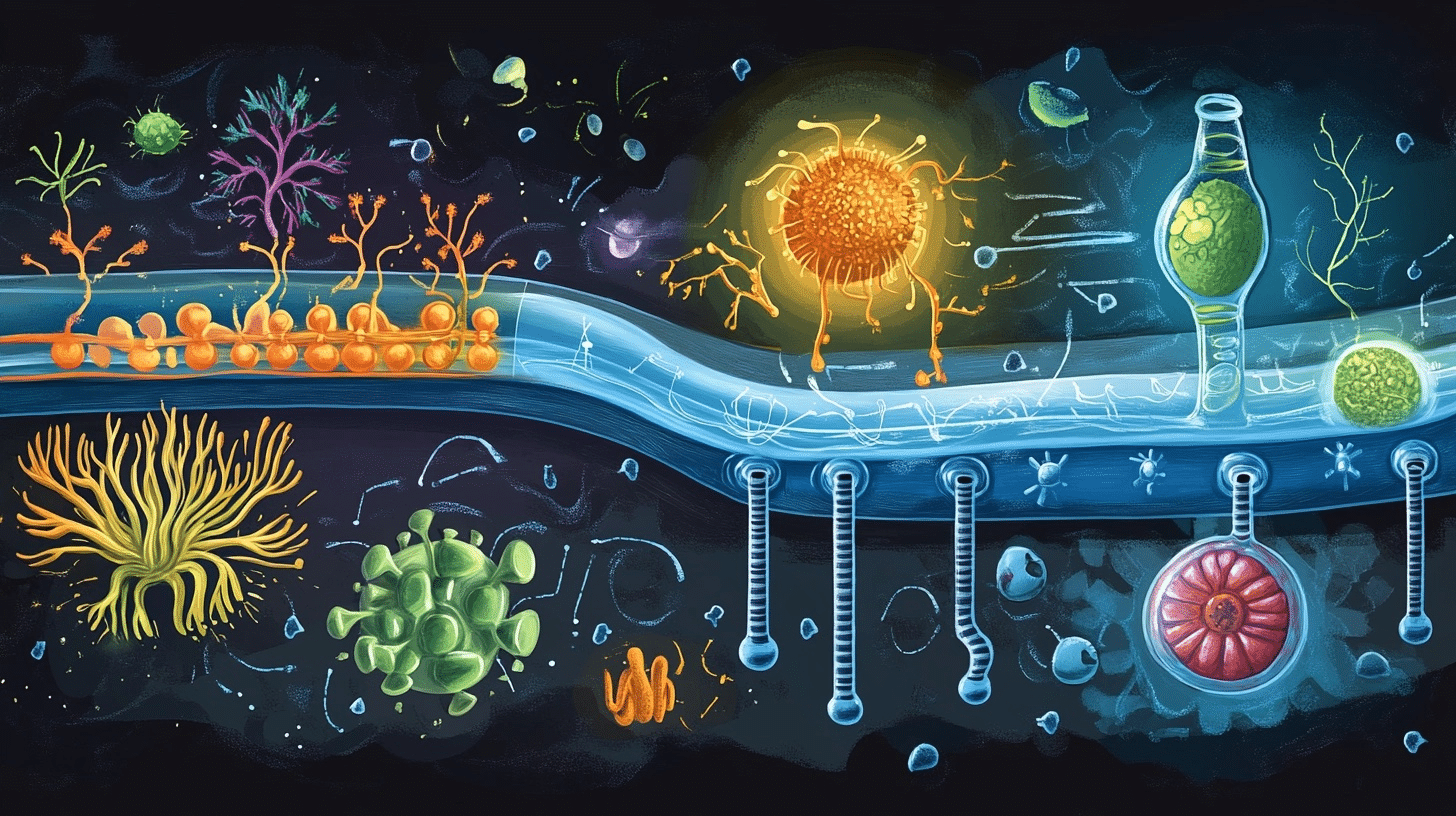
-
Plant cells reproduce by a process called mitosis, which creates two identical cells.
-
During cell division, plant cells form a cell plate that becomes the new cell wall between daughter cells.
-
Plant cells can differentiate into various types, such as parenchyma, collenchyma, and sclerenchyma cells.
-
Parenchyma cells are the most common plant cells and are involved in photosynthesis, storage, and tissue repair.
-
Collenchyma cells provide flexible support to growing parts of the plant.
-
Sclerenchyma cells have thick, lignified cell walls that provide strength and support.
-
Xylem cells transport water and minerals from roots to leaves.
-
Phloem cells transport sugars and nutrients throughout the plant.
-
Guard cells are specialized plant cells that control the opening and closing of stomata for gas exchange.
-
Stomata are tiny pores on the leaf surface that allow for the exchange of gases like oxygen and carbon dioxide.
-
Some plant cells have trichomes, which are tiny hair-like structures that protect against pests and reduce water loss.
-
Plant cells can store toxins to deter herbivores and protect themselves from being eaten.
-
Plant cells can communicate with each other using chemical signals passed through plasmodesmata.
-
Plant cells can store sugars in the form of starch granules.
-
Plant cells can produce secondary metabolites, like alkaloids and tannins, for defense and survival.
-
Plant cells can respond to environmental stimuli, such as light and gravity, by changing their growth patterns.
-
Some plant cells have specialized roles, like root hair cells that increase water absorption.
-
Leaf mesophyll cells are packed with chloroplasts for efficient photosynthesis.
-
Epidermal cells form the outermost layer of the plant and help protect against water loss and pathogens.
-
Cuticle, a waxy layer produced by epidermal cells, helps reduce water loss.
-
Plant cells can produce hormones, such as auxins and gibberellins, to regulate growth and development.
-
Plant cells can form symbiotic relationships with fungi and bacteria, aiding in nutrient uptake.
-
The arrangement of plant cells in tissues determines the strength and flexibility of plant organs.
-
Plant cells can live for many years, especially in woody plants like trees.
-
Some plant cells, like cork cells, are dead at maturity but provide protection and insulation.
-
Plant cells can be totipotent, meaning a single cell can develop into an entire plant.
-
The process of photosynthesis in chloroplasts produces oxygen as a byproduct, which is essential for animal life.
-
Plant cells can use plasmodesmata to transport nutrients and signals directly from one cell to another.
-
Some plant cells form fibers, such as those in cotton and flax, which humans use for textiles.
-
Plant cells can undergo programmed cell death (apoptosis) as part of normal development.
-
Some plant cells can secrete substances like resins and gums for protection and healing.
-
Plant cells can produce enzymes that help break down complex molecules for use by the plant.
-
Plant cells can form specialized structures for reproduction, such as pollen grains and ovules.
-
Some plant cells can store vitamins and minerals for later use.
Plant Cell Diversity and Adaptations
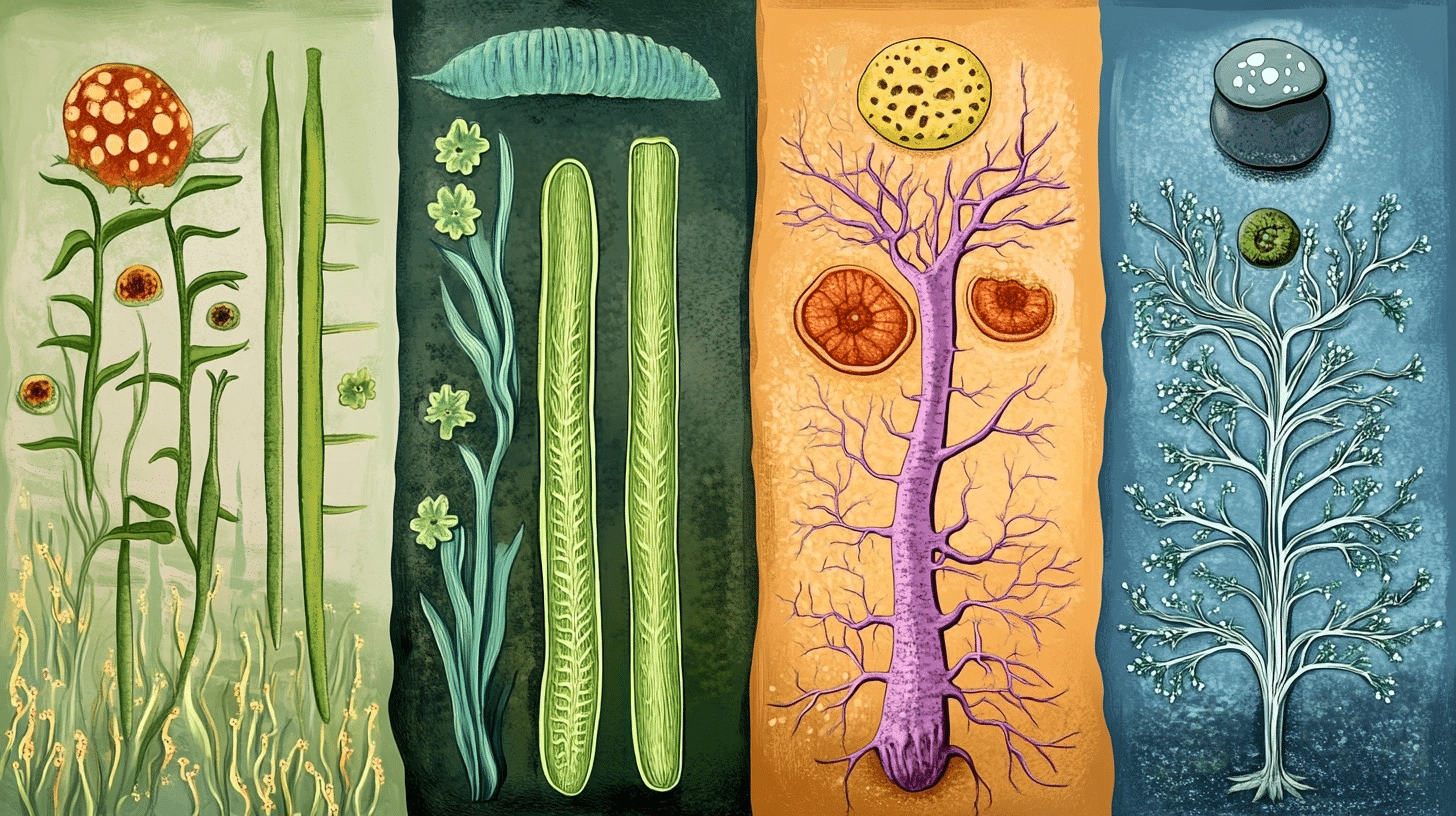
-
Plant cells can be found in every part of the plant: roots, stems, leaves, flowers, and fruits.
-
Every plant cell works together with others to keep the plant alive, healthy, and growing.
-
Some plant cells can regenerate into a whole new plant, a process used in plant tissue culture.
-
Plant tissue culture allows scientists to grow new plants from just a few cells in a lab.
-
Plant cells can form symbiotic relationships and adapt to their environment, contributing to the incredible diversity of plant life on Earth.
Extra: Fun Projects to Explore More About Plant Cells
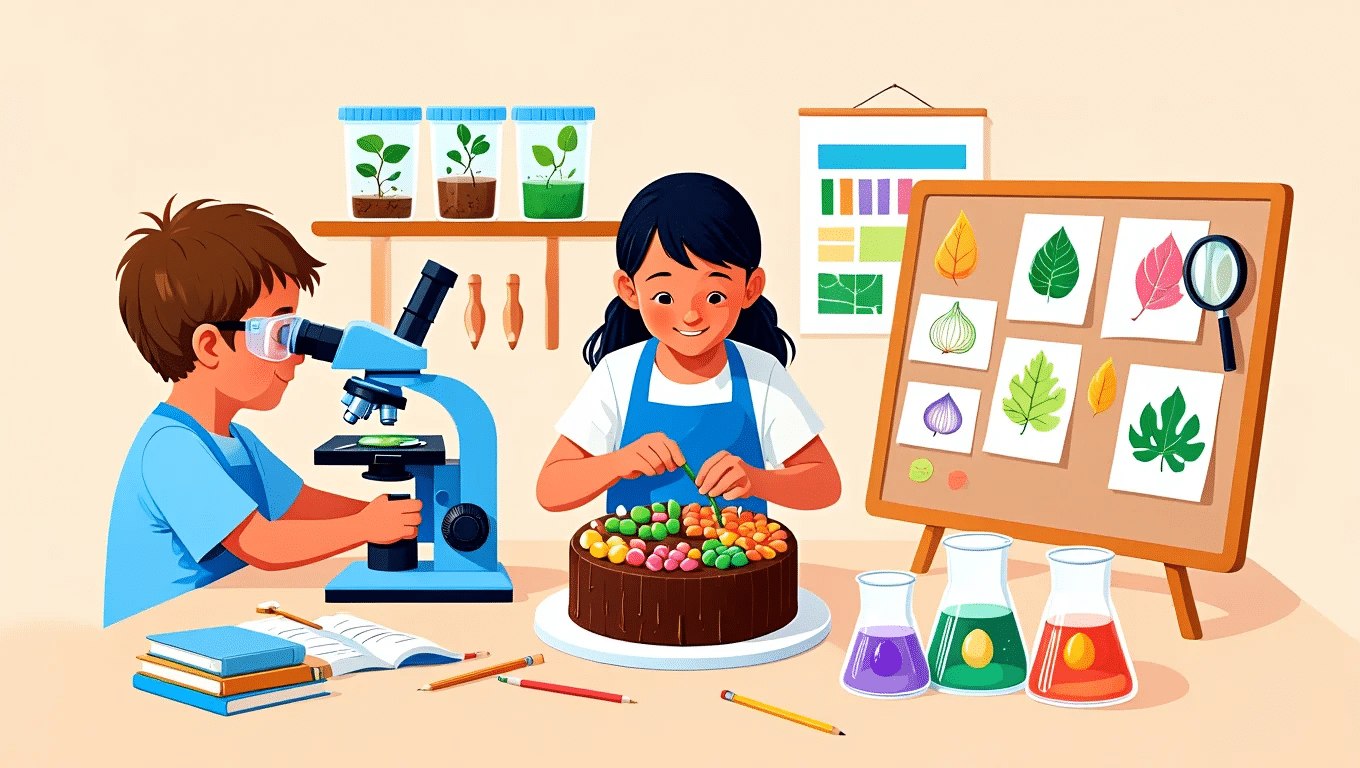
Here are five simple projects you can try at home or in a classroom setting. Each project offers a unique perspective on and understanding of plant cells.
Make a Plant Cell Model with Food
Create an edible 3D model that shows all the main parts of a plant cell. This hands-on project makes abstract concepts concrete and helps memorize cell structures through a fun activity.
- Materials needed: Round cake, frosting, licorice, gummy bears, peeled grape, small candies in different colors, plastic knife
- Learning outcome: Identify and explain the function of main plant cell structures, understand how different organelles work together within the cell
Onion Cell Slide Viewing
Examine real plant cells from a thin layer of onion skin under a microscope. This simple activity reveals the actual structure of plant cells, rather than just examining diagrams.
- Materials needed: Microscope, glass slides and cover slips, onion, water, tweezers, food coloring (optional)
- Learning outcome: Observe the regular pattern and cell wall structure of actual plant cells, learn basic microscope skills while seeing cellular structures firsthand
Leaf Print Collection
Create prints from different plant leaves to study their vein patterns and structures. This project connects cell organization to the visible structures we can see with our eyes.
- Materials needed: Various leaves, washable paint, paper, paintbrush, magnifying glass
- Learning outcome: Recognize how cells form specialized tissues like veins, and compare structural differences between plant species
Growing Plants in Different Conditions
Set up an experiment to see how plants adapt to various environments. This illustrates how plant cells respond and adapt to external factors.
- Materials needed: Bean seeds, clear plastic cups, soil, water, light source, magnifying glass, scissors
- Learning outcome: Observe how environmental factors affect cell growth and development, and understand plant adaptability at the cellular level
Cell Membrane Experiment
Demonstrate how a cell membrane works using a hard-boiled egg as a model. This helps visualize how materials move in and out of cells.
- Materials needed: Hard-boiled eggs, vinegar, corn syrup, water, clear containers
- Learning outcome: Understand the concepts of osmosis and selective permeability, and see how cell membranes control what enters and exits the cell
Wrapping It Up
Plant cells may be tiny, but they demonstrate how small things can have a significant impact. From the rigid cell walls to the busy chloroplasts, each part plays a role in helping plants live and grow.
Now that you know fun facts about plant cells, you can see plants around you in a new light. The next time you look at a leaf or flower, remember the busy world of cells working inside.
Why not try one of our suggested projects? Building models or looking at real cells helps make this science come alive.
You might even want to share what you learn with friends or family. Leave a comment below and share with us too! We’d love to see how your hands-on learning turned out.


